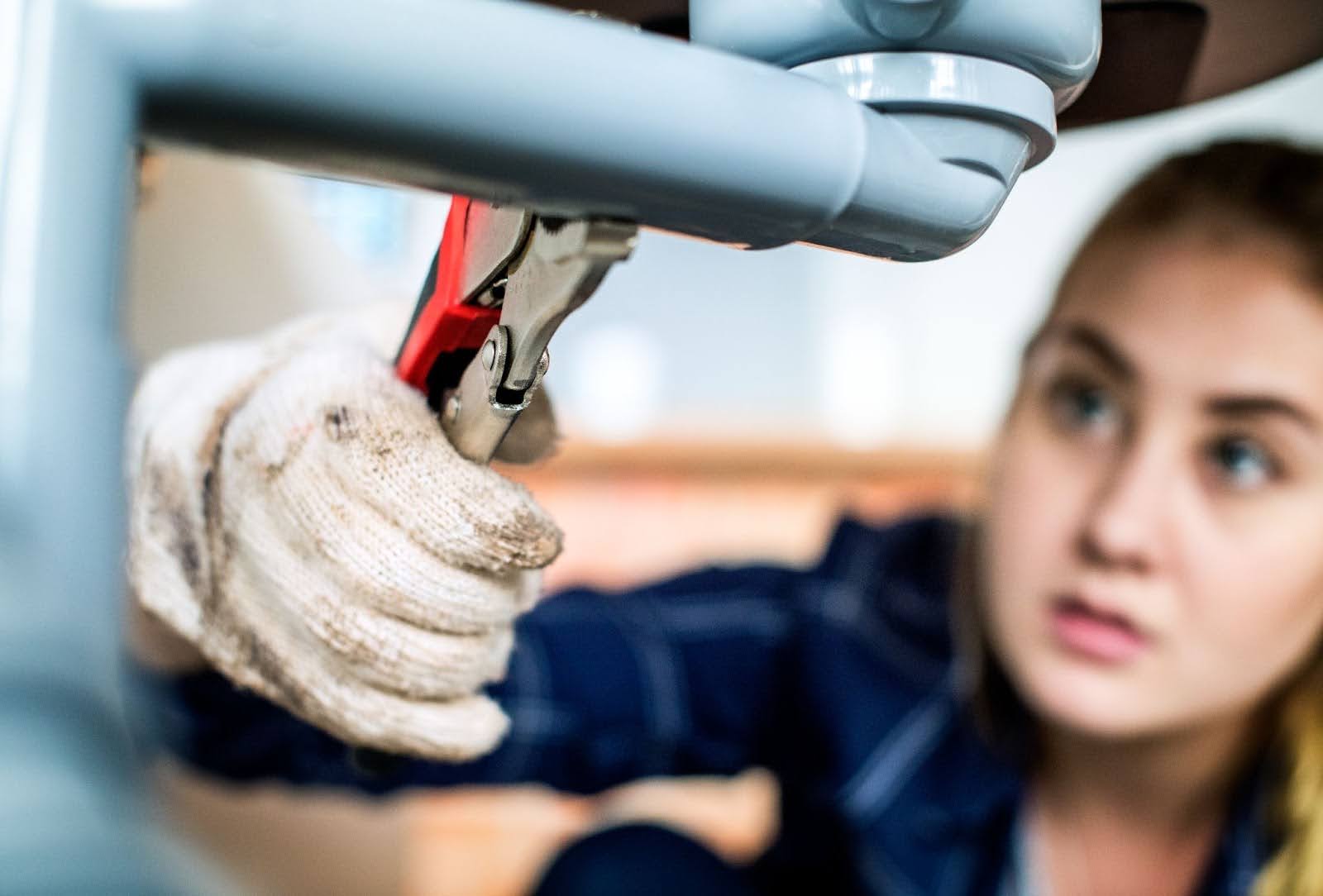When you walk into a century-old Texas home, you feel history in the creaking floors and thick wooden beams. But behind those charming walls lies something far less glamorous: plumbing that has worked hard for decades. Plumbing for old homes in Texas is not the same as plumbing in a new build. Pipes installed in the 1920s or 1950s face unique challenges, and the decisions homeowners make today will decide whether the home continues to thrive for another hundred years.
This isn’t about ripping everything out. It’s about knowing which parts of the old system deserve to be preserved and where modern upgrades for old plumbing are necessary. A licensed plumber for old houses becomes not just a repair service but a guide to balancing preservation with safety.
The Charm and the Challenge of Historic Home Plumbing Issues
Older Texas homes often have plumbing that was installed long before PVC or PEX piping became common. Many still rely on galvanized steel or cast iron pipes. These materials were strong in their day, but time, mineral buildup, and soil conditions in Texas can cause serious problems.
Some of the most common historic home plumbing issues include:
- Galvanized steel pipes are corroding from the inside out
What looks solid outside may be nearly closed inside from rust. - Cast-iron drain lines are cracking.
Tree roots in Texas soil love to sneak into these pipes. - Outdated sewer systems
Many homes built before the 1970s have smaller lines that struggle with today’s water use. - Leaky joints sealed with materials no longer approved by code
Think of old putty or lead-based seals.
What makes these problems even trickier is that they often stay hidden until there’s a big event like a backed-up sewer or a flooded kitchen.
Preserving Vintage Pipes Without Sacrificing Safety
Not every old pipe needs to be ripped out. Some parts of your system may still have decades of life left if treated carefully. That’s where preserving vintage pipes becomes an art.
A good plumber will assess whether your home’s existing lines can be lined or reinforced rather than replaced. For example, epoxy pipe lining is sometimes used to strengthen old cast iron pipes, giving them new life without digging up the whole yard.
But safety comes first. If pipes contain lead or are severely corroded, replacement is the only responsible choice. Preserving vintage pipes is always balanced with keeping water safe for your family.
Modern Upgrades for Old Plumbing
Upgrading plumbing in a century-old Texas home does not mean you have to lose its character. In fact, the best modern upgrades for old plumbing are nearly invisible but make a world of difference in daily life.
1. Repiping With Modern Materials
PEX and copper are today’s go-to choices. Both materials resist corrosion and handle Texas heat better than outdated pipes.
2. Tankless Water Heaters
Historic homes were never designed for big tank water heaters. A tankless system saves space and works efficiently with upgraded lines.
3. Pressure Regulation
Many old homes were built when water pressure demands were lower. Installing a regulator prevents stress on old or new pipes.
4. Sewer Camera Inspections
Before any upgrade, smart homeowners request a camera inspection. This gives a real-time look at underground lines to plan smart repairs rather than guesswork.
Why Plumbing for Old Homes in Texas Requires a Specialist
You wouldn’t take a classic car to just any mechanic, and the same goes for plumbing in older homes. A licensed plumber for old houses understands that repairs aren’t just technical fixes; they are about respecting history.
At On Point Plumber, homeowners often say what they appreciate most is getting clear explanations before work begins. Rather than being handed a huge bill with no context, they understand what is being preserved, what must be replaced, and why. That peace of mind is priceless.
The Cost of Ignoring Old Plumbing
Let’s be honest: plumbing is one of those things most people don’t want to think about until it fails. But waiting until disaster strikes is especially risky in a historic home.
When ignored, small leaks in cast iron can rot subfloors. Rust inside steel pipes can reduce water flow so much that showers barely work. Sewer backups can damage antique wood floors beyond repair.
Proactive maintenance and thoughtful upgrades mean you avoid costly emergencies and preserve the home’s character for future generations.
Preserving History While Living Comfortably
The beauty of Texas’ historic homes is that they tell a story. Original brick, hand-carved doors, and tall ceilings give them charm modern homes can’t copy. Plumbing should support that lifestyle, not work against it.
Think of plumbing like the quiet foundation of your daily comfort. When you turn on the faucet and get clean water, when the shower runs hot every morning, when drains carry waste away without issue, that is the home doing its job. The right plumbing choices keep that invisible system strong so you can keep enjoying everything else that makes the house special.
Keep Your Historic Texas Home Strong with Smart Plumbing
Your century-old Texas home deserves plumbing that works as hard as its history. Don’t wait for hidden leaks or failing pipes to surprise you. Whether you need help preserving vintage pipes or planning modern upgrades for old plumbing, our licensed plumbers are here to guide you every step of the way.
Schedule your inspection with On Point Plumber today and keep your historic home running strong for generations.
Frequently Asked Questions
What is the biggest plumbing risk in historic Texas homes?
Corroded galvanized pipes and cracked cast-iron drains are the most common risks. Both can fail suddenly, leading to leaks and backups.
Can old pipes be repaired instead of replaced?
Sometimes, yes. Epoxy linings and sectional repairs can extend pipe life, but unsafe materials like lead must always be replaced.
How do I know if my vintage plumbing needs an upgrade?
Signs include low water pressure, rusty water, slow drains, and frequent backups. A sewer camera inspection provides a clear answer.
Will replacing plumbing ruin my home’s historic look?
Not at all. Modern upgrades are usually hidden within walls or basements. The visible charm of your home remains untouched.
How often should plumbing in an old Texas home be inspected?
Every 2 to 3 years is recommended. Regular inspections help catch small issues before they become emergencies.

